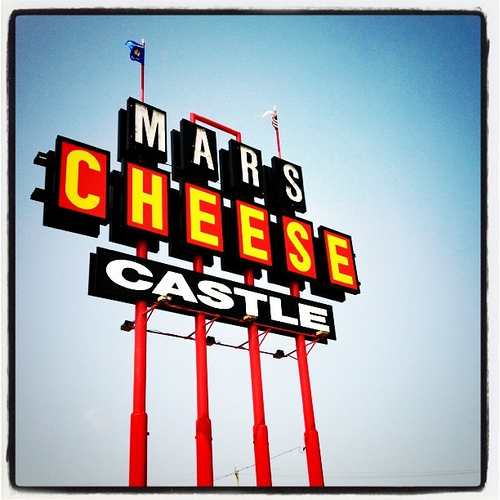 |
| Not in Switzerland, but very cheesy. |
In the U.S., if you come up with a new treatment that uses an old drug, you can get a patent on a "method of treatment" that's limited to treating the particular disease in question.
European patent law prohibits "method of treatment" claims, because they're considered to incorporate the human body. So for many years, European practitioners got around this by using something called "Swiss-style" claims.
Swiss-style claims have the form "Use of [product X] in the manufacture of a medicament for treatment of [disease Y]."
They're apparently called "Swiss-style" because they were first permitted by the Swiss Patent Office, and not because of their cheesy goodness.
However, since 2010, Swiss-style claims have been barred by the EPO (although this rule applied only to new cases filed after the relevant decision of the Enlarged Board of Appeal), which did not claim priority to an earlier-filed case.
Since then, the preferred alternative to the Swiss-style claim has been the "second medical use" claim, which has the format: "[Product X] for use in the treatment of [disease Y]." It's a "second" medical use claim because Product X is already known for use in treating disease X. So by that token, if you discover the first therapeutic use of a known compound, and write the claim "Product X for use in the treatment of disease X," that would be a first medical use claim. Which is also OK in Europe, provided the facts support the claim.
No comments:
Post a Comment